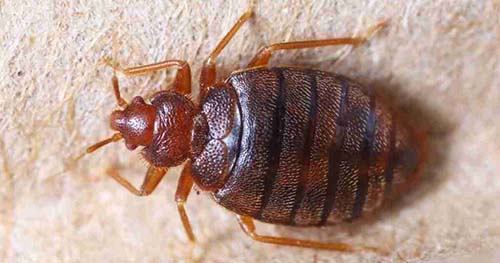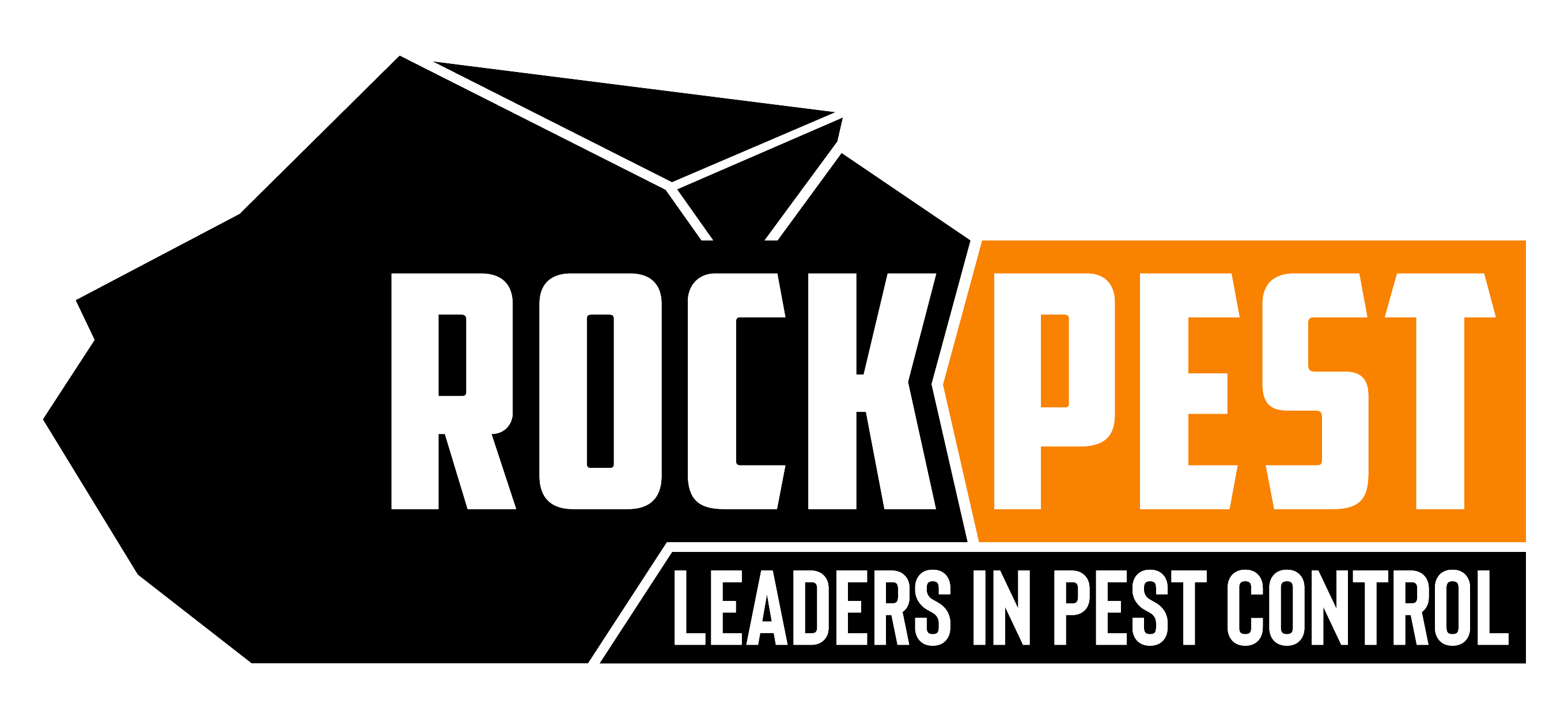How to Find Bed Bugs
Bed bugs are one of the most formidable household invaders, and getting rid of them can be quite a challenge. These blood-sucking parasites can hitchhike into your home through suitcases, clothes, and secondhand furniture, settling in your bed, sofa, and nightstands.
If you suspect that you have bed bugs, it’s essential to detect them early to prevent them from spreading throughout your home. In this blog post, we’ll share some tips and tricks on how to find bed bugs and identify their hiding spots.

Check the Bedding and Mattress
Look for Smears and Stains
One of the most common signs of bed bugs is the dark, rust-colored smears or stains that they leave behind on surfaces. To check for these, examine your bedding, mattress, and pillowcases for any signs of discoloration. If you find these stains, it’s almost certain that you have bed bugs.
Inspect the Seams and Creases
Bed bugs prefer to hide in the seams and creases of mattresses, bed frames, and headboards. This is where they lay their eggs, shed their skins, and hide from view. So, be sure to inspect these areas thoroughly for any signs of a bed bug infestation. Use a flashlight to illuminate the seams and creases, and look for any signs of tiny insects, eggs, or droppings.
Do the Tape Test
Another way to identify bed bugs is by doing the tape test. To do the tape test, simply wrap a strip of tape around your fingers, the adhesive side facing out, and run it over the seams and creases of your mattress. If there are bed bugs, they will stick to the tape, giving you a visual indication of their presence.
Check the Bed Frame and Headboard
Bed bugs can also make their home in the bed frame and headboard, so be sure to inspect these areas too. Look for any cracks, crevices, or gaps where they might hide. You may also want to take apart your bed frame and inspect each piece individually. If you find any signs of bed bugs, be sure to dispose of the item immediately.
Inspect Furniture and Clutter
Bed bugs are not limited to beds and mattresses, and they can infest any furniture, including sofas, chairs, and nightstands. Check all the furniture and clutter in your bedroom and living area, paying attention to cracks, crevices, and hidden spots. Look for fecal spots, shed skins, and live bugs, as well as bloodstains and bite marks. Don’t forget to inspect the curtains, carpets, and baseboards, as bed bugs can hide anywhere.
Use Bed Bug Detectors and Traps
Bed bug detectors and traps are a proactive way of detecting bed bugs before a full-blown infestation. These devices use CO2, heat, pheromones, or other lures to attract bed bugs, which then get trapped in a sticky or powder-coated surface. You can place these detectors and traps under your bed, near your furniture, or in other suspected areas. Check the traps daily and discard any trapped bed bugs to prevent them from escaping.
Hire a Bed Bug Detection Dog
Bed bug detection dogs are specially trained canines that can detect bed bugs with impressive accuracy. These dogs can sniff out live bed bugs or their eggs, even in hard-to-reach places or behind walls. The advantage of using a bed bug detection dog is that they can find bed bugs faster than human inspectors and with fewer false positives. However, hiring a bed bug detection dog can be expensive, and you need to choose a reputable company that follows ethical and humane practices.
Call a Professional Bed Bug Exterminator
If you confirm that you have bed bugs, the most effective solution is to call a professional bed bug exterminator. These pest control experts have the training, tools, and experience to eradicate bed bugs from your home safely and effectively. A bed bug exterminator will inspect your home thoroughly, identify the type and extent of the infestation, and recommend a treatment plan tailored to your needs. The treatment may involve heat, pesticides, vacuuming, steaming, or a combination of methods.
Conclusion
Finding bed bugs can be a daunting task, but it’s crucial for preventing a bed bug infestation and minimizing the damage. By following the tips and tricks outlined in this blog post, you can increase your chances of finding bed bugs early and taking prompt action. Remember that bed bugs are not a sign of poor hygiene or cleanliness, and anyone can get them. The key is to act fast, stay vigilant, and seek professional help if needed. With the right approach, you can win the battle against bed bugs and regain your peaceful sleep.
If you suspect a bed bug infestation in your home, the best way to protect yourself and your family is to seek professional help. Rock Pest Control can provide you with a thorough bed bug inspection to accurately detect the presence of bed bugs. Our licensed experts use the latest technology and techniques, including advanced trapping systems, high-powered vacuums, and heat treatments. Contact us today to get a free estimate for bed bug extermination services. We look forward to helping you reclaim your home from these pesky critters!
Frequently Asked Questions
Bed bugs, unlike some other insects, do not transmit harmful bacteria, viruses or pathogens to their hosts. This is because they are not vectors for disease. Their primary mode of feeding involves piercing the skin and sucking blood, without injecting any foreign substances into the host. While this can cause itchiness or allergic reactions in some people, it doesn’t lead to disease transmission.
Rearing bed bugs is not a common activity, given their reputation as pests. However, some entomologists and researchers may need to rear them for study purposes. It requires a controlled environment with the right temperature and humidity levels, and a regular food source – usually blood meals from a host. It’s a delicate process that requires careful monitoring and specific expertise.
Bed bugs can enter homes in various ways. They are excellent hitchhikers and often come into homes on luggage, clothing, used furniture, or other items. They can also move between apartments in multi-unit buildings through tiny cracks and crevices. It’s important to note that cleanliness is not a factor in whether you get bed bugs; they are attracted to the carbon dioxide and body heat that humans emit.
